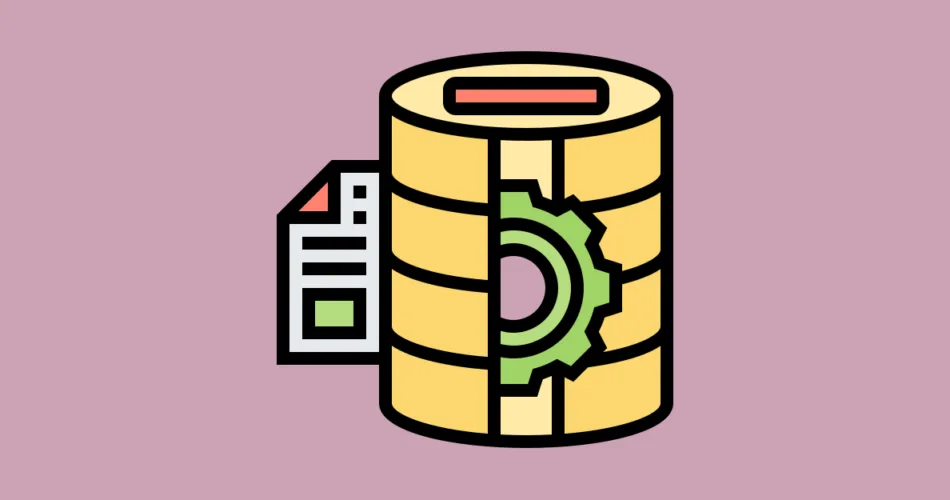Spring Data JPA is a powerful extension of the Spring Framework that simplifies data access with Java Persistence API. In this guide, we’ll explore how to integrate Spring with Java Persistence API and how Spring Data JPA provides repository interfaces for easy CRUD (Create, Read, Update, Delete) operations.
Integrating Spring with JPA
Spring Data JPA integrates seamlessly with the Spring Framework, allowing you to leverage the benefits of both Spring and Java Persistence API for building data-driven applications. Here’s an overview of how this integration works:
- Dependency Management: To get started, include the necessary Spring Data Java Persistence API dependencies in your project’s build file (e.g., Maven or Gradle).
- Entity Classes: Define JPA entity classes representing the data you want to persist in your database. Annotate these classes with JPA annotations like
@Entity,@Table, and@Id. - Data Source Configuration: Configure your data source in the Spring configuration, specifying the database connection details and connection pool settings.
- EntityManager Factory: Create an
EntityManagerFactorybean in your Spring configuration to manage JPA entities. Configure it to scan for entity classes in your project. - Transaction Management: Spring provides transaction management support. Configure transaction managers in your Spring context to enable declarative transaction management.
Repository Interfaces and CRUD Operations
One of the key features of Spring Data JPA is its ability to generate repository implementations automatically based on your JPA entity classes. These repository interfaces provide convenient methods for CRUD operations without the need for explicit implementations:
- Repository Interfaces: Define repository interfaces that extend
JpaRepositoryor related interfaces provided by Spring Data JPA. These interfaces specify the entity type and primary key type. - CRUD Operations: Spring Data Java Persistence API automatically generates repository implementations at runtime based on your repository interfaces. You can perform common CRUD operations like
save,findById,findAll,delete, and more. - Custom Queries: Additionally, custom query methods can be defined in repository interfaces using Spring Data JPA’s naming conventions.
Leveraging Spring Data Java Persistence API streamlines data access layers for developers, reducing the usual boilerplate code for database interactions.
Subscribe to our email newsletter to get the latest posts delivered right to your email.


Comments